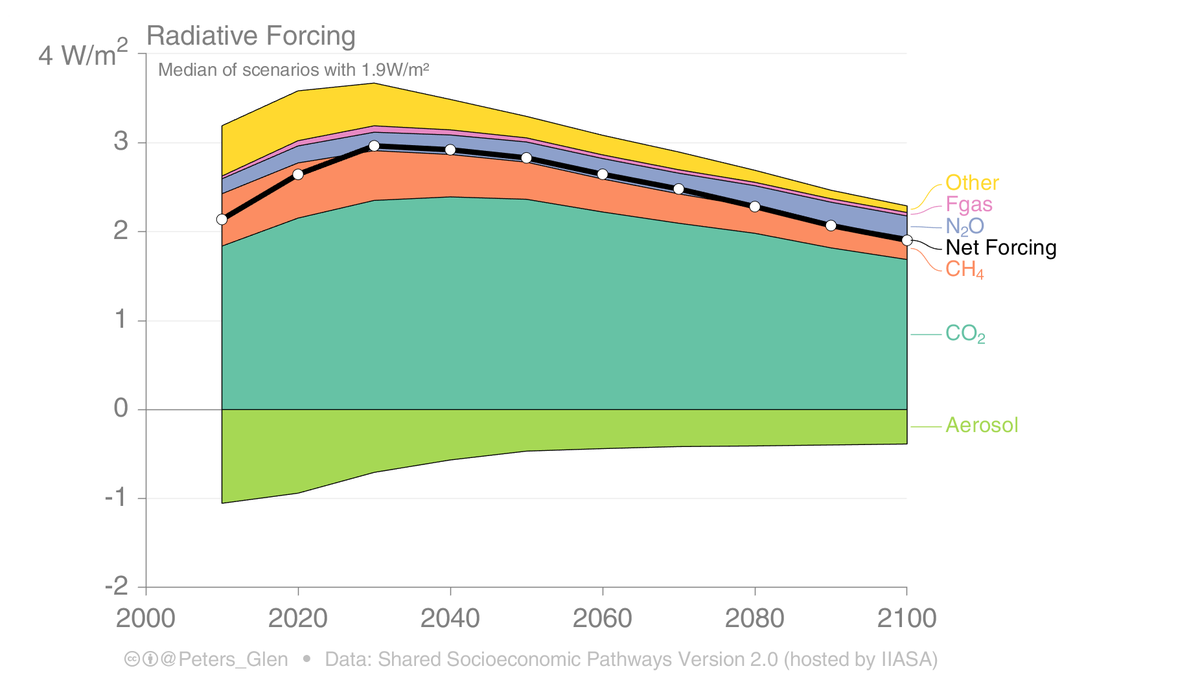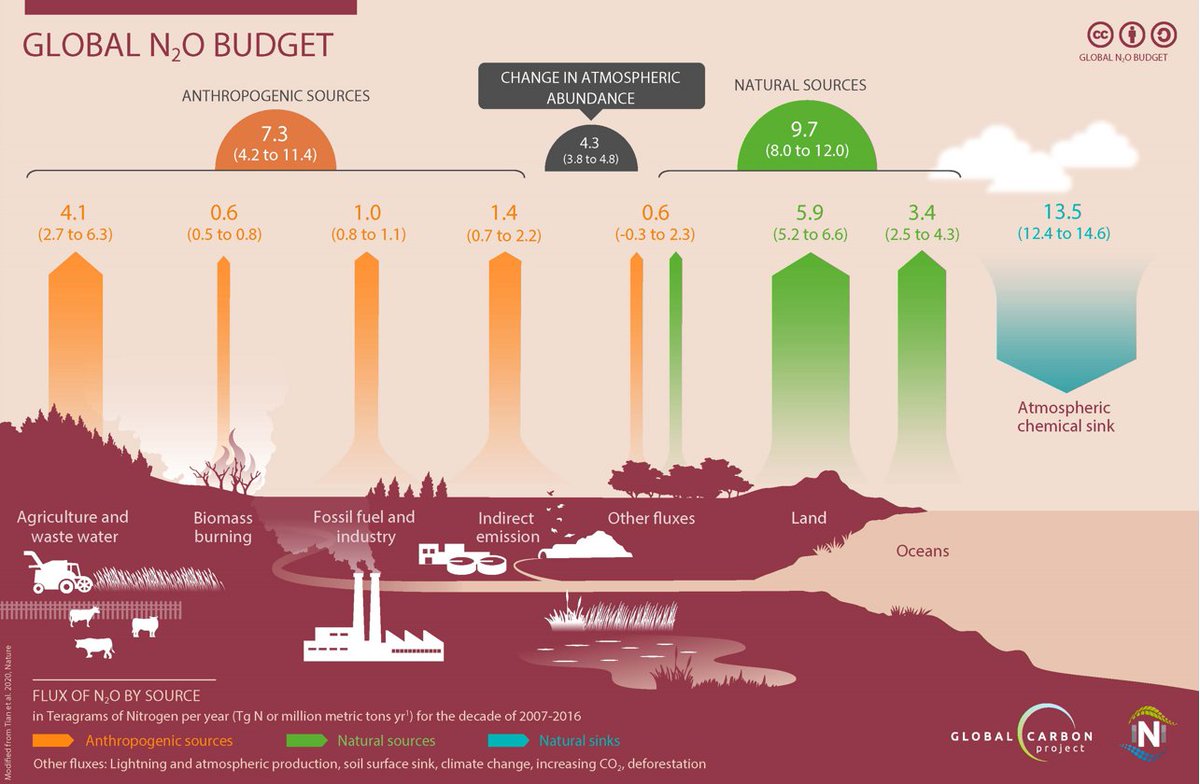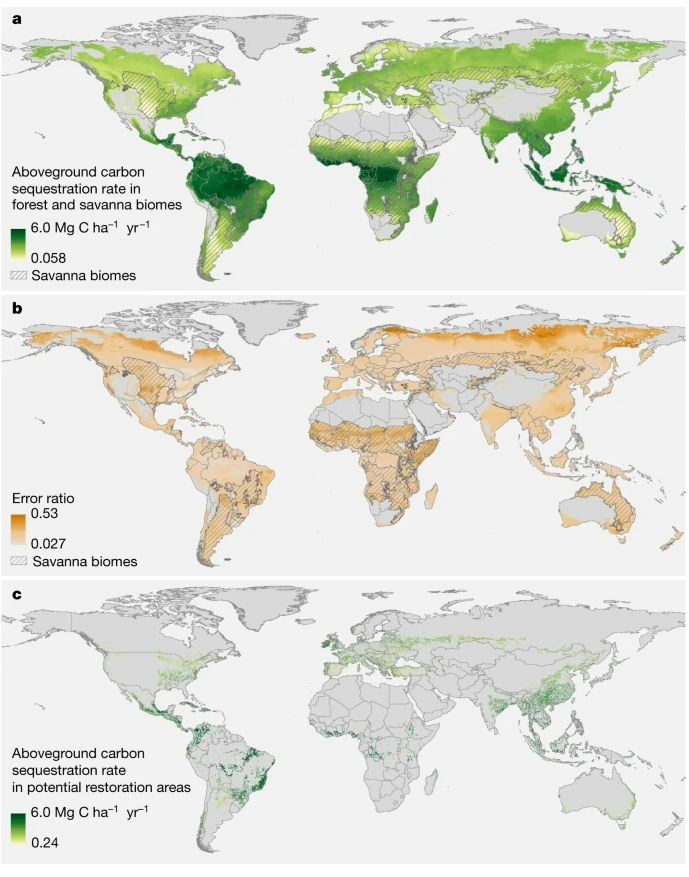
There is often an assumption that the more aggressive climate targets means more BECCS.
This is only weakly true, many 2°C scenarios use as much BECCS as 1.5°C scenarios, & even >2.5°C scenarios use BECCS at scale!
IAMs just love BECCS 😍🥰😘
1/
This is only weakly true, many 2°C scenarios use as much BECCS as 1.5°C scenarios, & even >2.5°C scenarios use BECCS at scale!
IAMs just love BECCS 😍🥰😘
1/

These are scenarios that go over 2°C. Yes, some scenarios use over 20GtCO₂/yr in 2100 (we currently emit 40GtCO₂/yr). These are not aggressive mitigation scenarios, these are >2°C, & where we could end up with only weak climate policies like we have today.
2/
2/

It is not that 1.5°C or 2°C (or even 3°C) needs large-scale BECCS, this is just the cost-effective pathway that most IAMs find. This could be for a variety of structural reasons.
Since BECCS is so prolific in scenarios, we obsess over it. It may just be a model artifact!
3/
Since BECCS is so prolific in scenarios, we obsess over it. It may just be a model artifact!
3/
The black crosses in the figure are the four Illustrative Pathways used in IPCC SR15.
There is one scenario with extreme BECCS (P4), which everyone discards as ridiculous, but it is an outlier in the high overshoot scenarios! Some high overshoot have very little BECCS!
4/
There is one scenario with extreme BECCS (P4), which everyone discards as ridiculous, but it is an outlier in the high overshoot scenarios! Some high overshoot have very little BECCS!
4/

These are the four Illustrative Scenarios. It is worth remembering that P1 and P4 are the absolute extremes in one characteristic (BECCS). There is a whole spectrum of scenarios in between that may be more desirable in characteristics other than BECCS!
5/
5/

All the data is from the IPCC SR15 database data.ene.iiasa.ac.at/iamc-1.5c-expl…, the figure are from me though...
/end my morning rant on BECCS is not a 1.5°C thing, it is a IAM thing, that no one seems to understand!
6/6
/end my morning rant on BECCS is not a 1.5°C thing, it is a IAM thing, that no one seems to understand!
6/6
• • •
Missing some Tweet in this thread? You can try to
force a refresh


















